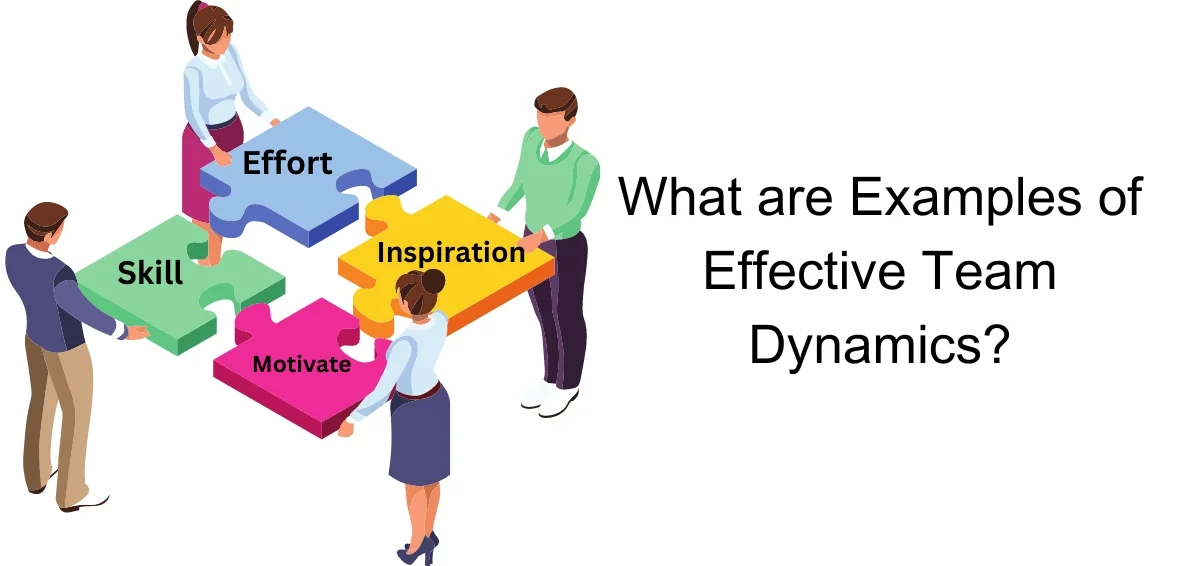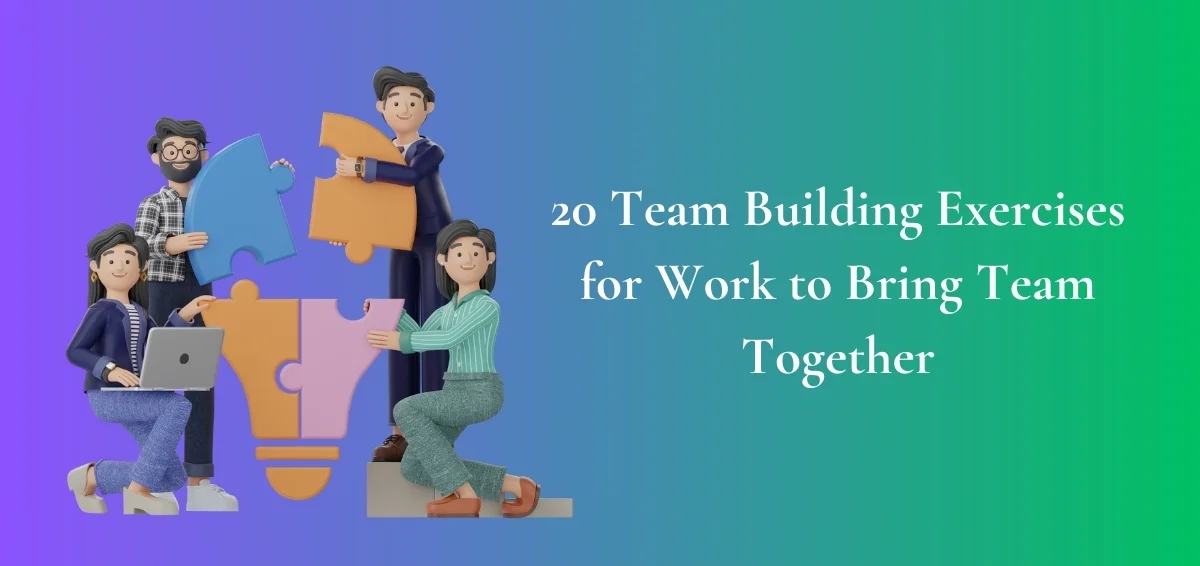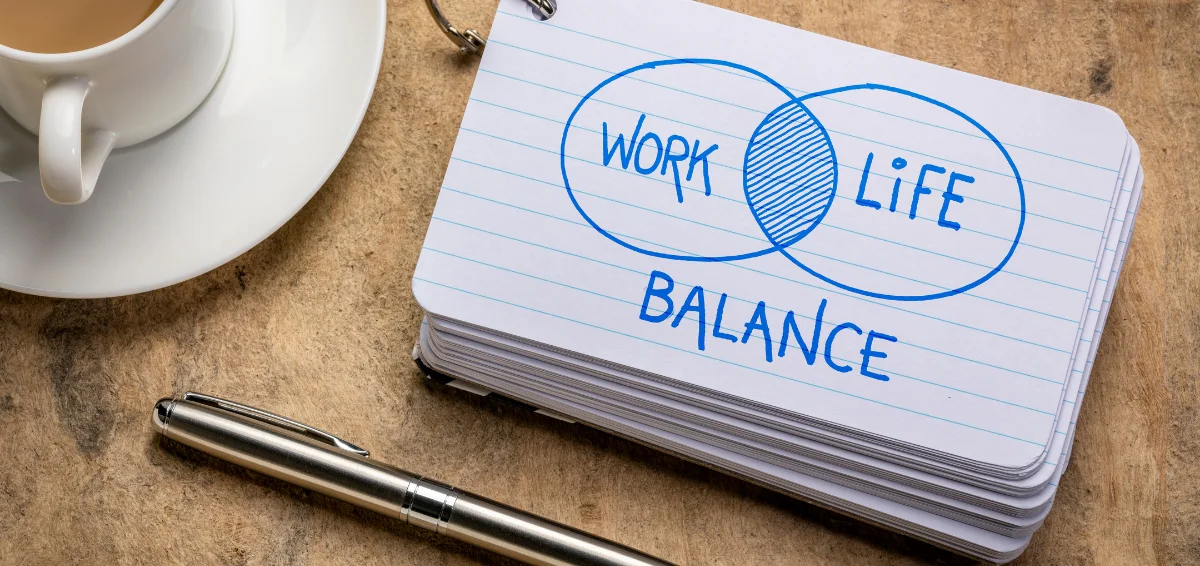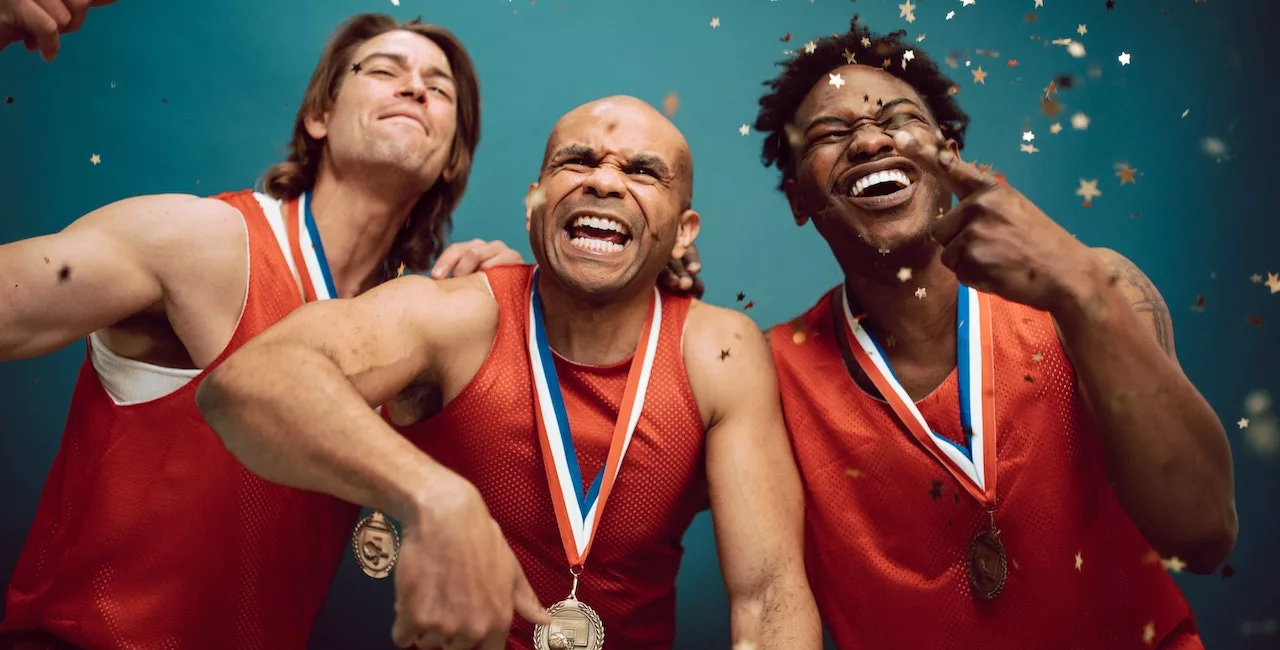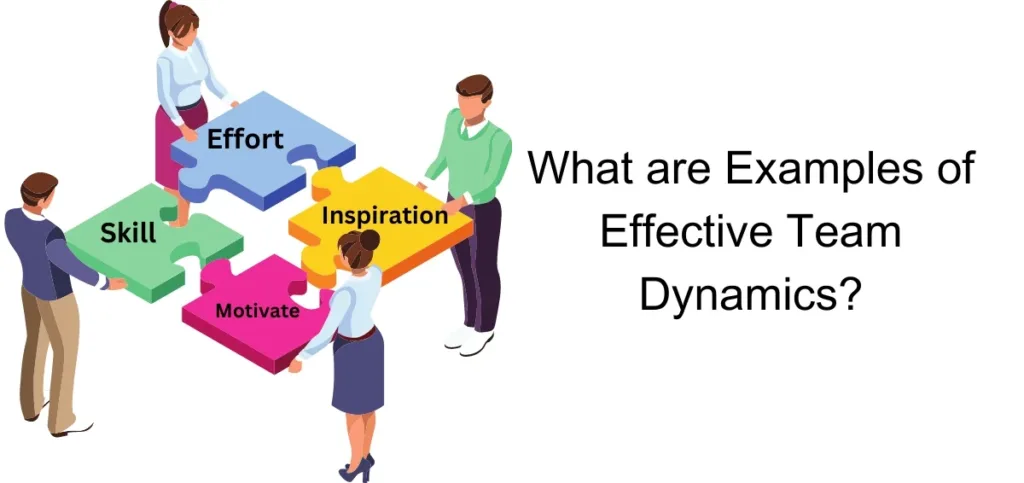
One of the traits that distinguish successful companies from average ones is effective team dynamics. It doesn’t matter whether you have managed to bring together some of the best industry professionals. In the absence of team dynamics, they will be unable to achieve organizational objectives. Creating excellent team dynamics takes effort, skill, and inspiration. In this post, we will learn more about what exactly is team dynamics. Then, we will dive into some of its examples to motivate you to improve your team.
Table of contents
Understanding Team Dynamics
Have you noticed how some groups seem to put out their best performance even in the face of mounting deadlines? No one in the group seems to be struggling under project pressure. Well, such a group has great team dynamics. What are Examples of Effective Team Dynamics, you ask? Team dynamics are the unconscious psychological forces that impact how everyone feels. In other words, it entails the conversations, roles, behaviors, personalities, and relationship patterns among various members of the team. Positive team dynamics allow all the members to synchronize their efforts in a way that contributes to achieving organizational goals. Negative team dynamics lead to poor performance as well as conflicts within the group.
Read Also: 5 Best Platforms With User-friendly Reporting Mechanisms
What are Examples of Effective Team Dynamics?
Do you want your team to be more productive? Take a look at these real-world examples of team dynamics to create an environment conducive to success.
1. Effective Communication
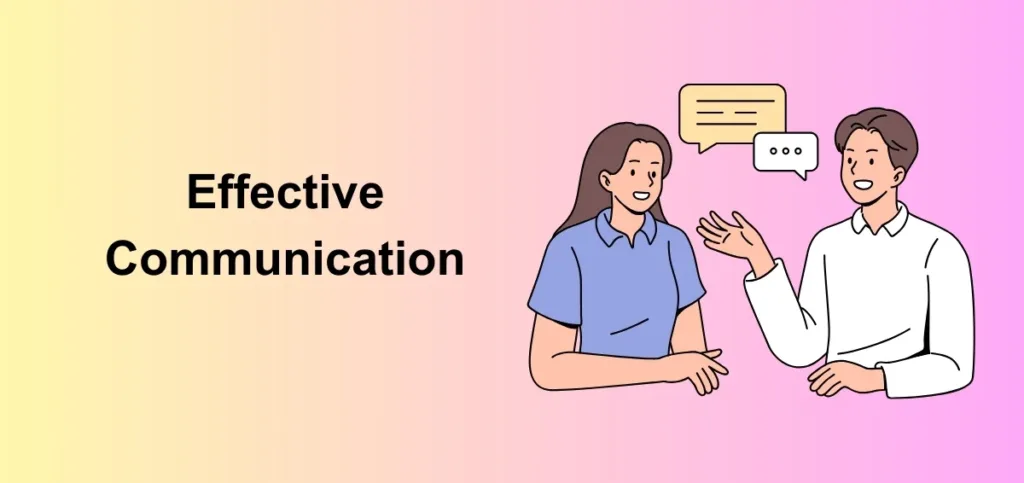
Effective communication paves the way for an environment where group members can share what they feel without hesitation. It allows the mingling of diverse opinions and knowledge. Open and honest communication in a team builds trust and respect. It reduces the chances of misunderstandings. Thus, team members collaborate better. In real life, clear communication can be seen in football and ER teams. Transparency in communication allows these teams to make quick and informed decisions, which are crucial for success.
2. Natural Collaboration

Natural collaboration works similarly to open communication. It allows people to feel comfortable sharing their ideas. At the same time, they value those put forward by others. So everyone on the team feels respected and motivated. You can see a team that collaborates well when members freely voice their opinions and ask for feedback or input from others. Everyone in the group is inspired by other people’s ideas. So, what are examples of effective team dynamics when it comes to collaboration? One of the best ones can be found in the workings of a basketball team. The players pass the ball to one another without even looking because they know exactly where their teammates are. All of them work in synchronization to score points. The collaboration just flows naturally.
3. Healthy Competition

Healthy competition is an important component of effective team dynamics as it motivates everyone to put their best foot forward. This kind of competition thrives when teams consist of people with balanced skill sets, experience, and personalities. This balance ensures that everyone is energized to perform their best and no one feels bad about anyone else’s success. Contrarily, when team members see others accomplishing success, they feel more inspired to think innovatively.
4. Strong Leadership
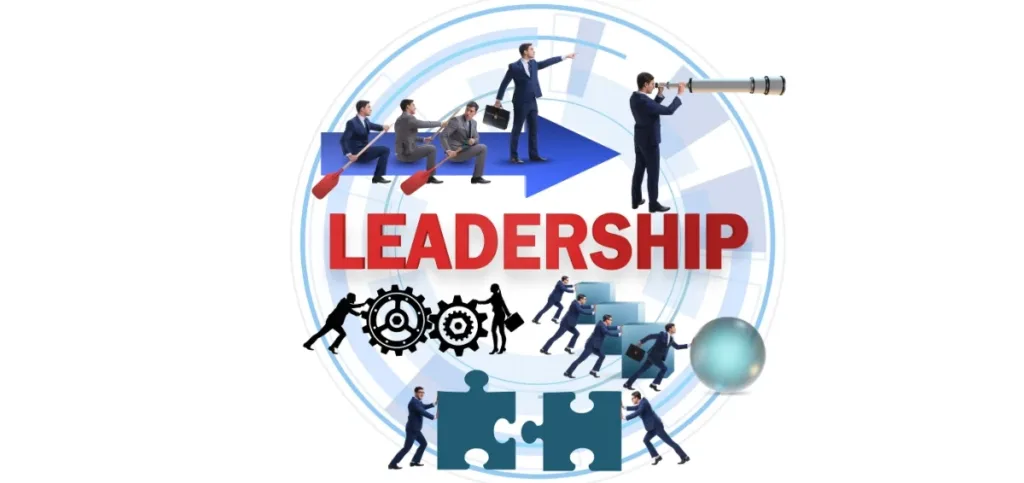
Strong leadership lays the foundation of high-performing teams. Effective leadership is so important because team members always follow the leader. If they perform well, the team members are inspired to perform better. On the other hand, if the leader displays a bad attitude, that same attitude will invariably be shared by the team members. A strong leader communicates with their team members clearly and respectfully. They create an atmosphere where everyone feels like their ideas are valued and welcomed. When someone shares their idea, they attentively listen to it and brainstorm on ways in which it can be implemented.
At the same time, a strong leader isn’t afraid of admitting their mistakes. They openly convey what went wrong and what can be improved upon. This positively influences the entire team, where no one is afraid of admitting their mistakes instead of hiding them and working to correct and learn from them.
5. Conflict Resolution
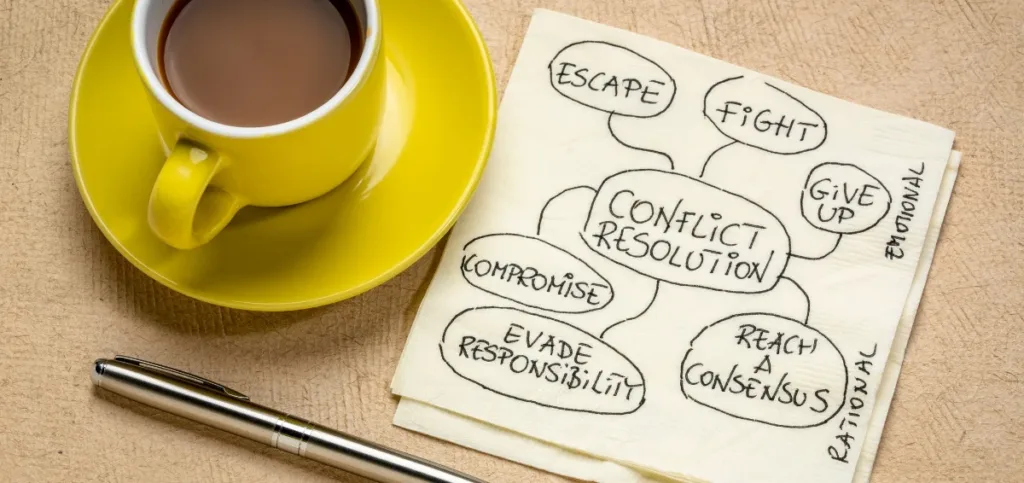
Conflicts are bound to arise in any team. How they are handled reflects whether the team has good dynamics or not. Effective team dynamics entails resolving conflicts through techniques like effective communication and active listening. In such teams, there are clear communication channels that foster a culture of respect and encourage active listening, which is so important for conflict resolution.
The best real-life example of conflict resolution in action can be seen in Shopify’s fraud detection team. The team’s major role is to prevent suspicious activities on the e-commerce platform of Shopify. They know that conflicts are inevitable in performing such a complex task. To handle them, they prioritize effective collaboration among various team members and departments. This enables them to successfully detect fraud patterns and develop relevant response mechanisms.
Also Read: 12 Key Workplace Skills for Success in 2025
6. Clear Expectations
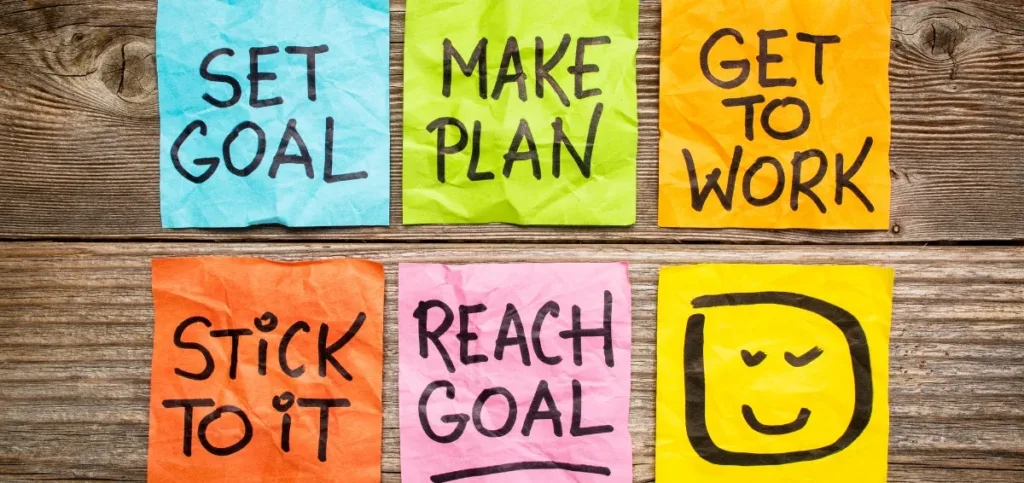
Setting clear expectations is intimately tied to the morale of the team members. When everyone knows what is expected of them daily or weekly, they put all their effort into achieving them. Also, when the expectations are communicated, team members can better understand the bigger goals of the team and organization they are working for. In the absence of clear and measurable expectations, things miscommunication and low employee engagement occur, preventing the team from fulfilling their objectives. Here are some ways in which team leaders can set and communicate clear expectations.
- Outline the goal clearly.
- Establish specific targets for each member.
- Brainstorm different ways of achieving the target.
- Ask team members for their feedback on the different techniques.
- Demonstrate strong leadership.
- Clearly define what constitutes success.
- Match goals with practical timelines.
- Regularly remind team members of their valuable contributions.
- Learn the capabilities of the different members of your team.
7. Ability To Adapt
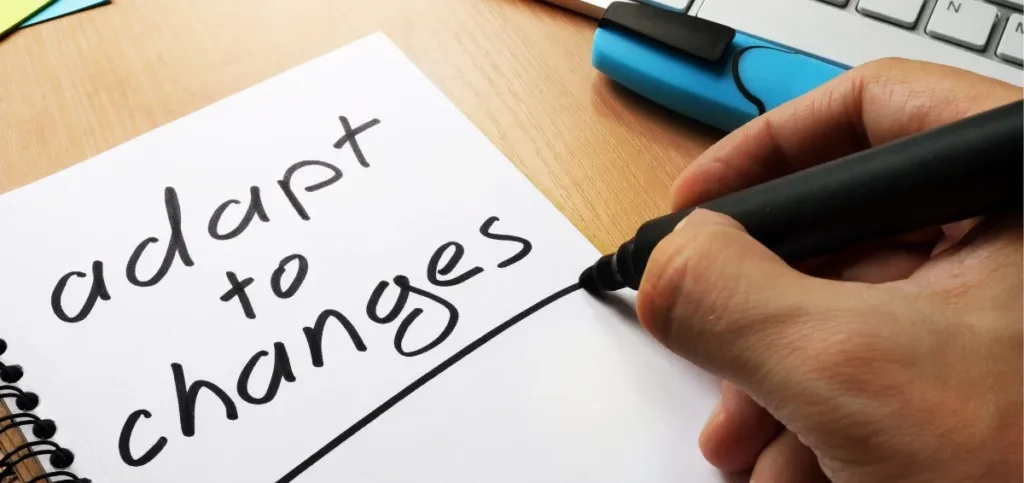
It is critical to keep reviewing your efforts and evaluate the positive changes that you get as a result of building strong team dynamics. Everyone in the team must adapt to new changes. They must be open to changing and creating new plans to solve challenges better.
A great real-life example of adaptability is found in how the members of Microsoft’s cloud development teamwork. It is responsible for maintaining Microsoft’s cloud infrastructure. All the members need to remain updated with the technological changes and needs of the customers. They rapidly adapt themselves to the new changes by developing relevant functionalities based on the requirements of their customers and the latest industry developments.
Final Thoughts
Effective team dynamics are not created overnight. They come from understanding the strengths of every team member and using them to create an environment conducive to success. High-performing teams handle change effortlessly, communicate transparently, boost the morale of every member, and ultimately achieve great results. Use the examples above to facilitate better team dynamics and enhance output.

